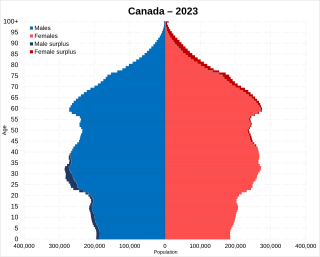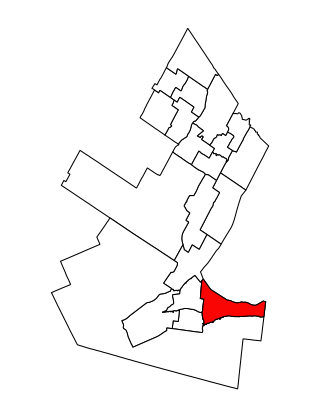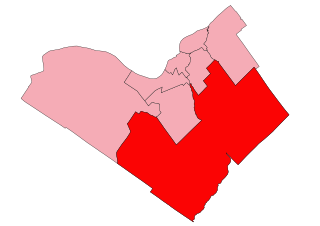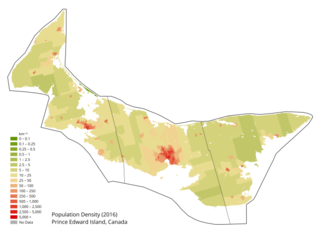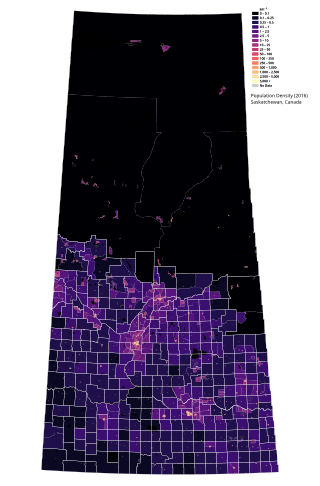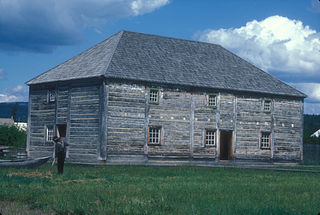In 2000, he became Director of the Census Management Office, and subsequently, the Director General responsible for the research functions of the 2001 Census and the entirety of the 2006 Census. In this role, Arora led the agency through the most comprehensive redesign of the Census program, which included the first-in-the-world, secure online response integrated with multi-mode response channels, as well as the intelligent character recognition of paper questionnaires.
In 2005, Arora and his team were recognized by the Government Technology Exhibit's Distinction Awards for their joint pilot project with Public Works and Government Services Canada to create Session Encryption with Automated Login (or SEAL) technology, which successfully allowed households across the country to complete their questionnaire online for the first time in an easy, convenient and secure fashion. SEAL was first introduced in the 2004 Census Test.
In 2008, following the successful delivery of the 2006 Census, he became the Assistant Chief Statistician of the Social, Health and Labour Statistics, where he focused on redesigning the household surveys program. In 2009, Arora was awarded with the prestigious Association of Professional Executives (APEX) Leadership Award in recognition of his exceptional leadership skills and management excellence. The same year, he completed the Public Sector Leadership and Governance certificate program at the University of Ottawa.
He remained in the post of Assistant Chief Statistician at Statistics Canada until 2010, when he became the Assistant Deputy Minister of Minerals and Metals Sector at Natural Resources Canada, and for more than a year, simultaneously headed up the Corporate Sector as Assistant Deputy Minister. In 2013, he was appointed Assistant Deputy Minister of Science and Policy Integration, responsible for the department and portfolio's major policy files. He led a number of business sector missions internationally, including to India, China, Israel and Japan.
Chief Statistician of Canada
Arora was appointed Chief Statistician of Canada in September 2016. He has since led the agency through ambitious transformative changes, including the migration of its assets to the secure cloud, the first of this scale and scope in the Government of Canada. He also oversaw Statistics Canada's modernization journey, which included shifting towards an emphasis on user-centric service delivery, modern workspaces, and the use of administrative data. The AgZero project, aiming to reduce the response burden on farmers, is one such modernization initiative, turning towards Earth Observation data and machine learning rather than traditional surveys. Likewise, the Virtual Data Lab, a cloud-based microdata centre meant to provide secure remote access to approved researchers, was also launched as part of the modernization agenda.
The agency carried out many additional innovative strategies under Arora's tenure, including the use of satellite imagery, crowdsourcing, scanner data, waste-water sampling, as well as alternative data integration into the production of official statistics. He played a significant role in implementing ethical and responsible use of machine learning and artificial intelligence within the agency, along with capitalizing on Statistics Canada's role as the nation's data steward, to bring greater value of official statistics to Canadians. Many of these changes were designed to be investments in a strengthened national statistical system in an increasingly data-driven society.
Arora led the implementation of the Disaggregated Data Action Plan, an approach aiming to produce more detailed statistical information for specific population groups, including women, LGBTQ2+, Indigenous peoples, and persons with disabilities. He also oversaw the creation of the Quality of Life Hub, which aims to improve government decision making and budgeting by incorporating quality of life measurements. In addition, a partnership with the Canadian Chamber of Commerce was established to develop the Business Data Lab under Arora's term, with the goal of equipping businesses with market conditions data. The Census of Environment, the first-ever national register of Canada's ecosystems, was also initiated under his leadership, in partnership with Environment and Climate Change Canada.
During the COVID-19 era, there was a major spike in demand for health, economic, labour and social data. [1] Arora helped steer the agency through this increase in data needs and, with Statistics Canada's established interviewing and call centre expertise, it was able to assist governing health agencies with contact-tracing across the country. [2] In addition, he led his staff in successfully implementing the 2021 census, in spite of the fact that the 2021 Census program had to change course at the last moment to go completely contactless in order to meet necessary pandemic protocols. The final overall response rates of 96.9% and 95.7% for the short-form and the long-form questionnaires respectively were slightly lower than those of the 2016 census, which fell at 97.4% and 96.9%, [3] but the 2021 census distinguished itself by having a record online response rate of approximately 84%, compared to 68% for 2016. [4] [5]
The Statistics Act saw modifications during Arora's tenure to increase the independence of the agency and create the Canadian Statistics Advisory Council. [6] The previous Chief Statistician, Wayne Smith, had stepped down to protest changes in Statistics Canada's informatics infrastructure stemming from the Shared Services Canada initiative, which he feared could compromise the agency's independence. [7]
Throughout his career as Chief Statistician, Arora has received numerous personal leadership and Government of Canada achievement awards, and served, chaired, or contributed on numerous boards, both domestic and international. During his tenure, the Agency received numerous awards, including Canada's Best Diversity Employers in 2021 and 2023, National Capital Region's Top Employers in 2019–2023, and Canada's Top Employers for Young People in 2019 and 2021–2023. [8] His focus has been on modernizing the agency's workforce and workplace culture, growing Statistics Canada's reach among stakeholders, partners and the public to better meet the needs of all Canadians, and strengthening the agency's position as the nation's data steward and leading expert on all things data related. With employee equity and diversity both an agency and personal priority, Arora has also served as the Statistics Canada Champion for Visible Minorities for over a decade and continues to champion those causes today.
Arora extended Canada's presence and influence on the international statistical landscape, having chaired the Organisation for Economic Co-operation Development Committee on Statistics and Statistical Policy (CSSP) and the Conference of European Statisticians. He also served as the Vice Chair of the United Nations Statistical Commission and chaired the United Nations Future of Economic Statistics Group. He chaired the High-Level Group on the Modernization of Official Statistics, as well as the International Conference of Labour Statistics for the International Labour Organization. He has overseen multi-year statistical capacity-building projects in various parts of the world, as well as conducted country reviews, offering advice to the OECD, Eurostat, the World Bank, and the International Monetary Fund.
Arora has served on the Boards of the Institute on Governance as well as the Labour Market Information Council, and as an advisor to a number of institutions, including the Carleton University’s Institute for Data Science. He has chaired and co-chaired multiple initiatives including the Data Governance Standardization Collaborative, as well as the Artificial Intelligence and Data Governance Standardization Collaborative. Arora also co-authored the Data Strategy for the Federal Public Service.
Anil Arora is a sought-after speaker and thought leader, and has presented at dozens of conferences both domestically and internationally, including the World Statistics Congress, the eminent Empire Club of Canada, the Canadian Club, Metropolis conferences, the Safety of Our Cities Conference, International Association of Privacy Professionals Canada Privacy Symposium, Government of Canada's data conferences, federal Cabinet meetings and retreats, and in 2023, delivered the Canada School of Public Service's Manion Lecture at the National Arts Centre in Ottawa. He has delivered multiple guest lectures at various universities and colleges, including at Queen's University at Kingston, the University of Alberta, Simon Fraser University, Nunavut Arctic College, University of Saskatchewan, Carleton University, the University of Ottawa, as well as the Canada School of Public Service.
In addition to speaking at business, government, statistical or academic conferences, panels and events, Arora has made several prominent speeches during his time as Chief Statistician, including the following recent ones: Infonex: Big Data and Analytics for the Public Sector (2019), the Empire Club of Canada (2020), FEDTalks (2020), the Canadian Club of Ottawa (2021), CEO Mastermind Summit (2021), Global Government Forum (2021), Canadian Research Data Centre (2021), the United States National Academies of Sciences, Engineering and Medicine (2022), Governor General's Leadership Conference (2022), the World Bank High-Level Seminar Series (2022), Government of Canada's Diversity and Inclusion Conference (2022), European Conference on Quality in Official Statistics (2022), 37th Meeting of Voorburg Group on Service Statistics (2022), Ontario Council on University Research (2022), Infonex Conference on Big Data and Analytics (2022), Government of Canada Data Conference (2023), World Statistics Congress (2023) and, most recently, the Manion Lecture (2023). [9]
On June 14, 2023, Arora was reappointed as Chief Statistician until his decision to retire on March 31, 2024.

